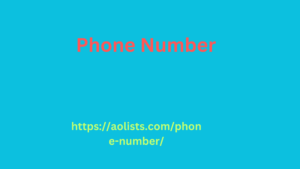Data Binding: A Powerful Technique for Dynamic UI Updates
Data binding
is a programming technique that automatically synchronizes data between a user interface (UI) element and a data source.
Benefits of Data Binding
- Reduced Code Complexity: eliminates the need for manual updates, leading to cleaner and more maintainable code.
- Improved User Experience: UI elements are always up-to-date, providing a more responsive and intuitive user experience.
- Enhanced Development Efficiency: can significantly speed up development time by automating common UI update tasks.
- Better Separation of Concerns: It promotes a clear Phone Number separation between the UI and the underlying data logic.
Types of Data Binding
- One-Way Data Binding: Data flows from the data source to the UI element. Changes made to the data source will be reflected in the UI, but changes made to the UI element will not affect the data source.
- Two-Way Data Binding: Data flows in both directions. Changes made to either the data source or the UI element will be reflected in the other.
Common Use Cases for
- Forms: Automatically update form fields based on user input or changes to underlying data.
- Lists and Grids: Dynamically populate lists or grids with data from a data source.
- Data Visualization: Create interactive 2024 Cambodia Telegram Number Library Powder charts and graphs that update in real-time based on data changes.
- Custom Controls: Build reusable UI components that can be easily bound to data.
Popular Frameworks and Libraries with
- Angular: A popular JavaScript framework that uses two-way data bind.
- React: A JavaScript library that supports one-way data bind but can be combined with libraries like Redux for two-way.
- Vue.js: A progressive JavaScript framework that offers AGB Directory both one-way and two-way data binding.
- Xamarin: A platform for building cross-platform mobile apps that supports data bind for both iOS and Android.
- WPF: A framework for building desktop applications for Windows that uses data bind extensively.
Data binding is a powerful technique that can simplify development, improve user experience, and enhance the maintainability of your applications. By understanding the different types of data bind and choosing the right framework or library, you can leverage this feature to create more dynamic and responsive UIs.

